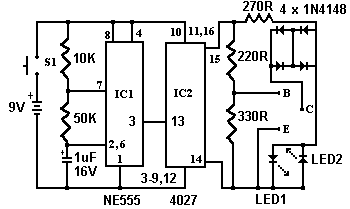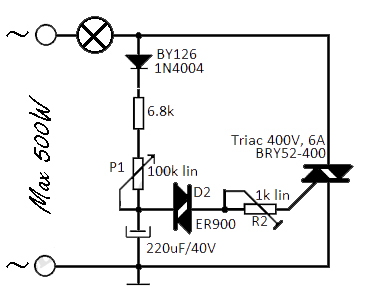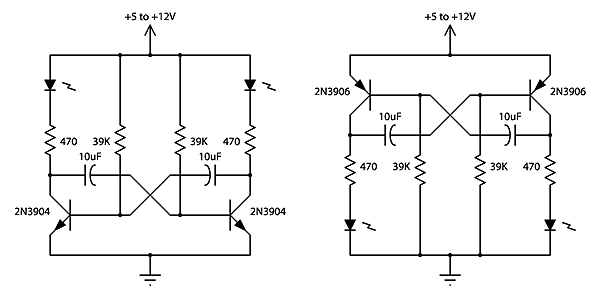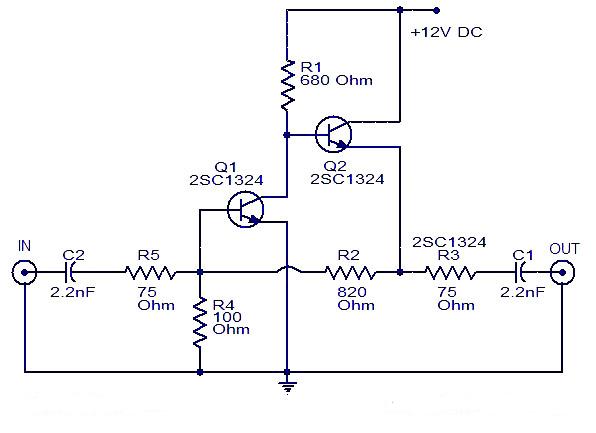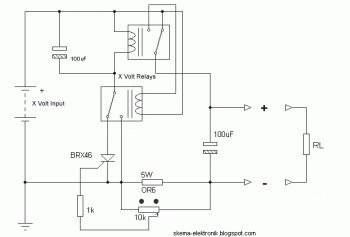
Use a transistor and an ammeter to measure inductance

Bipolar junction transistors transfer a current from a lower-resistance emitter to a higher-resistance collector. This property can be utilized to measure inductance.
Bipolar junction transistors (BJTs) are semiconductor devices that play a crucial role in electronic circuits by enabling the control of current flow. In a BJT, there are three regions: the emitter, base, and collector. The emitter is designed to inject charge carriers (electrons or holes) into the base region, which is typically thin and lightly doped. The base region controls the flow of carriers from the emitter to the collector, which is usually more heavily doped and has a larger area.
When a small input current is applied to the base terminal, it allows a much larger current to flow from the emitter to the collector. This current amplification property is fundamental in various applications, including signal amplification, switching, and oscillation circuits. The ability to control a high current with a low input current makes BJTs essential components in analog and digital electronics.
In terms of measuring inductance, the BJT can be employed in a circuit configuration known as a current amplifier or a transimpedance amplifier. By connecting an inductor in series with the emitter or collector, the change in current due to the inductance can be measured. The inductance can be inferred from the relationship between the input current and the output voltage, allowing for accurate measurements of the inductive component.
Furthermore, BJTs can be integrated into various measurement circuits, including LCR meters, where they facilitate the measurement of inductance (L), capacitance (C), and resistance (R). The output characteristics of the transistor can be analyzed to derive the inductance value, making BJTs versatile tools in electronic measurement applications.Bipolar junction transistors transfer a current from a lower-resistance emitter to a higher-resistance collector. You can use this property to measure inductance.. 🔗 External reference
Bipolar junction transistors (BJTs) are semiconductor devices that play a crucial role in electronic circuits by enabling the control of current flow. In a BJT, there are three regions: the emitter, base, and collector. The emitter is designed to inject charge carriers (electrons or holes) into the base region, which is typically thin and lightly doped. The base region controls the flow of carriers from the emitter to the collector, which is usually more heavily doped and has a larger area.
When a small input current is applied to the base terminal, it allows a much larger current to flow from the emitter to the collector. This current amplification property is fundamental in various applications, including signal amplification, switching, and oscillation circuits. The ability to control a high current with a low input current makes BJTs essential components in analog and digital electronics.
In terms of measuring inductance, the BJT can be employed in a circuit configuration known as a current amplifier or a transimpedance amplifier. By connecting an inductor in series with the emitter or collector, the change in current due to the inductance can be measured. The inductance can be inferred from the relationship between the input current and the output voltage, allowing for accurate measurements of the inductive component.
Furthermore, BJTs can be integrated into various measurement circuits, including LCR meters, where they facilitate the measurement of inductance (L), capacitance (C), and resistance (R). The output characteristics of the transistor can be analyzed to derive the inductance value, making BJTs versatile tools in electronic measurement applications.Bipolar junction transistors transfer a current from a lower-resistance emitter to a higher-resistance collector. You can use this property to measure inductance.. 🔗 External reference
